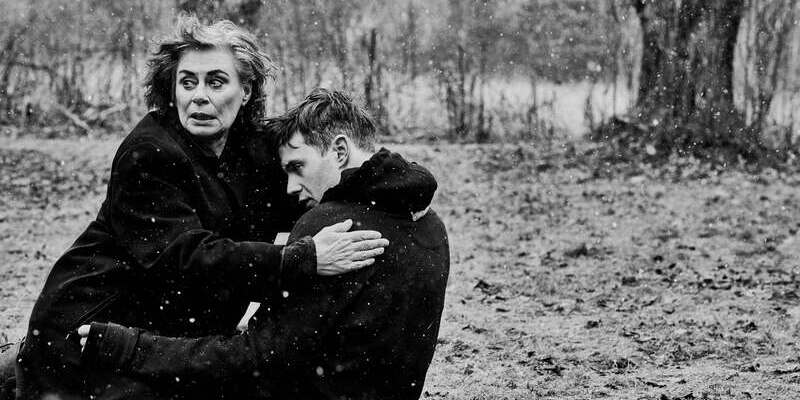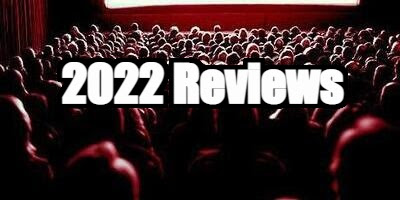
Review by
Eric Hillis
Directed by: Mark O’Brien
Starring: Henry Czerny, Mark O’Brien, Mimi Kuzyk, Kate Corbett, Nigel Bennett

At time of writing the
first trailer
for the latest instalment of the Mission: Impossible franchise has just
hit the internet. Along with enthusiasm for Tom Cruise's age-defying
endeavours, viewers are thrilled to see the return of Canadian actor
Henry Czerny to the franchise. Czerny had a memorable role in the
initial 1996 movie in which he managed to intimidate the movie's hero
simply by speaking across a table. With The Righteous, Czerny delivers what might be a career best performance in a role
that sees the table turned – this time it's Czerny who is forced to
listen.

Czerny plays Frederick Mason, a former priest who quit the church when
he fell in love with his now wife Ethel (Mimi Kuzyk). We meet the
pair as they're in mourning for the adopted daughter they just buried.
The local priest (Nigel Bennett) pleads with Frederick to return
to his calling, but Frederick appears to have lost faith in a God who
would enact such cruelty on he and his wife.
Frederick and Ethel retire to their home in the woods, 12 miles from
the nearest town. One night Frederick hears screams and finds a young
man (Mark O'Brien, also making his debut as writer and director)
lying prone on his lawn with a seemingly wounded leg. Despite Ethel's
protestations, Frederick takes in the young man, who reveals his name as
Aaron Smith, and allows him to spend the night on the couch. That night
Aaron has a surprisingly frank conversation with Frederick that gets
under the older man's skin, and the next morning Frederick finds that
Aaron has worked his charms on Ethel, who now insists that he stick
around.

The Righteous is a home invasion movie made by a
filmmaker with Bergman-like aspirations. At its core it's a two-hander,
with all of the key scenes taking place between Aaron and Frederick. The
former seems to have knowledge of secrets and sins the latter has kept
hidden for many years, and it leads to him making an impossible request
of the former priest.
With a heavy emphasis on dialogue, some might argue that
The Righteous is better suited to the stage, but O'Brien
uses enough cinematic devices to justify his use of the medium. The film
is shot in beautifully stark black and white, which lends an eeriness to
even the sunniest of scenes, of which there are few. Visual effects are
employed to suggest a supernatural element to the story. Flashbacks
treat the audience to insights cruelly withheld from the film's
protagonist. It's very much an actor's directorial debut, with O'Brien
giving himself a meaty role, but it's one made by an actor who clearly
sees his future behind the camera.

For all its visual sheen, it's Czerny's now craggy face that gifts
O'Brien his greatest cinematic tool. Much of the film requires Czerny to
listen and try his best not to react, something that might sound easy
but which anyone who has acted will tell you is quite the opposite.
Cinematographer Scott McClellan shines his lights into the
creases in Czerny's troubled brow like a spelunker finding his way
through a dark cave, searching for the source of his unspoken
psychological torment. Even the most committed atheist will be convinced
that this is a man living in mortal fear of God, or something
else.


